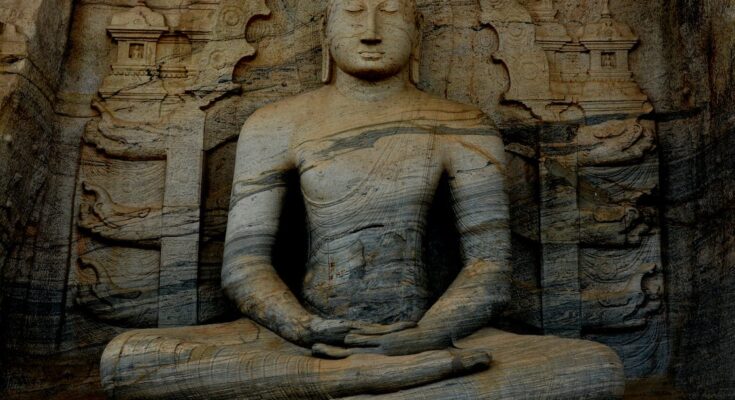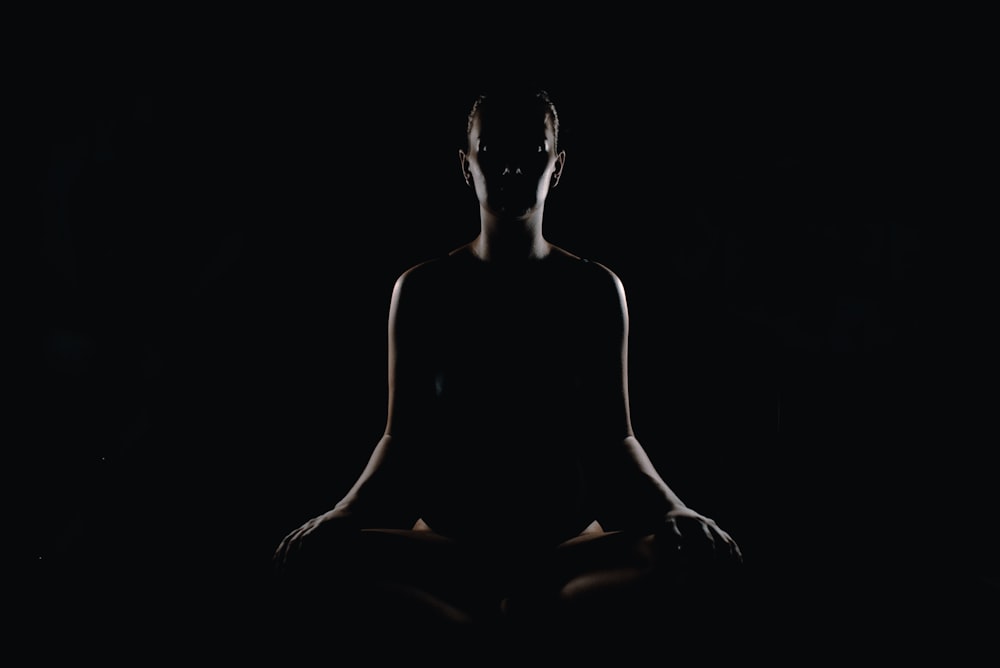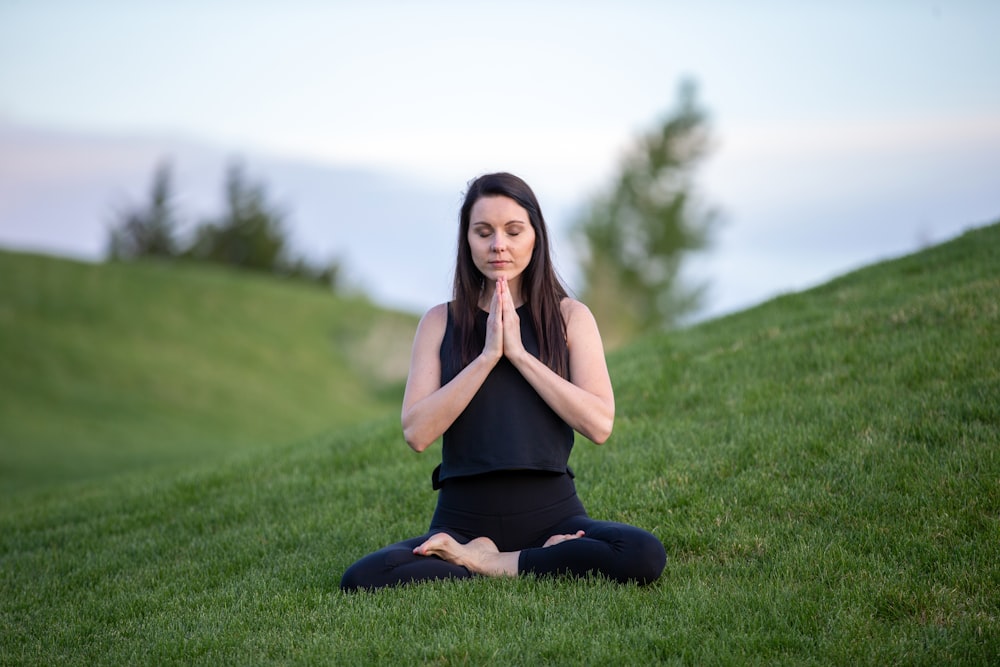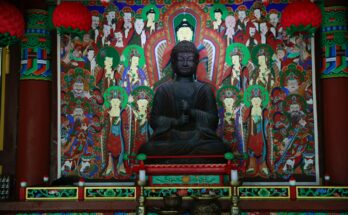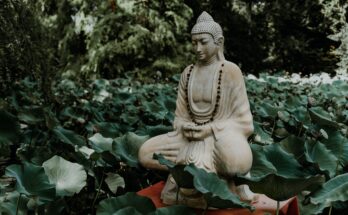Meditative practices of Buddhism
Buddhism offers us a wide range of meditative techniques that we can practice to reach our ultimate goals, which are wisdom and ultimate, eternal happiness—also referred to as achieving Enlightenment in Buddhism—as well as peace, anger resolution, and compassion cultivation.
In this list, we’ve compiled the most widely used meditation methods from many Buddhist schools and traditions. Though by no means comprehensive, this list should serve as a basis for your understanding of the various applications for meditation and help you decide which ones to attempt and investigate more.
Samatha or Calm Abiding meditation
Image via Unsplash.com
Typically, this technique entails using our breath as the focus of our meditation. This particular meditation is intended to help us focus and calm our minds so that we may improve our ability to concentrate. To further improve focus and lessen our mind’s propensity to become sidetracked, we can also practice counting our breaths.
For this kind of meditation, an external object can also be used. One possible option for meditation would be to focus solely on one feature of a Buddha statue, both mentally and visually. Choosing a certain area of the statue to concentrate on is usually preferable to trying to focus on the entire thing. Alternatively, you might use a picture of your teacher or the Buddha.
If you practice this meditation once a week or, better yet, every day, it will improve your life’s clarity, peace, and happiness in the short run. However, its primary purpose is to assist in creating a focused and steady mind so that you can proceed to the last objective, which is generating insight. The ultimate state of peace and contentment (Awakening/Enlightenment) comes from realizing our true nature and the nature of reality when we are able to access deeper realms of consciousness.
Walking meditation: meditative techniques
We’re not all adept at staying seated for extended periods of time. Thankfully, walking meditation is a great way to break up our sessions. It is customary to alternate between sitting and walking meditations during full-day retreats, with one hour of sitting meditation and thirty minutes of walking meditation. In general, walking meditation is meant to be used in conjunction with our seated meditation sessions to help us stay focused in between. During this meditation, we walk gently back and forth in a small, defined area, paying great attention to the movement of our feet.
Vipassana Meditation
Image via Unsplash.com
During this meditation, you will be focusing on the sensations that come and go in your various body areas. This is the ultimate form of meditation practice in Theravada Buddhist schools, as it is the primary means of gaining insight into our actual nature. Notably, before beginning Vipassana meditation, the majority of Theravada schools always include some form of samatha practice.
Vipassana is practiced in a similar way by other Buddhist schools. Albeit occasionally it involves asking more analytical questions such “where is the Self?” Through analysis, one is liberated from self-grasping.
Koans and Shikantaza
These are typically a word or query that a meditator thinks about time and time again. It aims to take the meditator’s mind beyond the realm of cognition and cannot be solved through conceptual thinking. Direct realization is thought to be possible if the intellectual process is sped up. “What is your original face before you were born?” is a well-known koan.
The goal of this object-free meditation is to just sit and focus on the act of sitting. While keeping an awareness of your thoughts as they come up. While different schools may take different methodologies. In general, the strong focus that is first acquired through breathing meditation or koans might allow insight to occur in Shikantaza.
Metta: meditative techniques

Image via Unsplash.com
The goal of this meditation is to cultivate a greater sense of loving-kindness towards everyone. We begin by practicing producing metta. Or wishing happiness to others, by meditation on the things that elicit the most loving-kindness. Next, we advance to more challenging metta objects, such as our adversaries. This is a useful method for getting rid of our resentment and animosity towards other people.
Tonglen: meditative techniques
The word “giving and receiving” is tonglen. Here, we picture ourselves taking on other people’s pain and providing them with whatever they require to make it better. This technique, which is frequently referred to as “the secret,” is effective in lowering our levels of selfishness. And self-grasping and raising our levels of compassion.
On the sorrows of world: meditative techniques
Image via Unsplash.com
This meditation examines the wide range of sorrow that is possible for sentient beings to endure in the world. Above all, it highlights the different kinds of pain that people might go through. This meditation helps cultivate empathy. But its main purpose is to emphasize that materialistic goals (such as wealth, celebrity, and pleasant things) do not guarantee happiness in the long run. It serves as a reminder that contentment comes from inside, not from things outside of ourselves. This meditation is very beneficial for fortifying our renunciation. And supporting our dedication to our meditation practice. In order to prevent us from becoming sidetracked by the fleeting, unfulfilling pleasures of this life.
Valuable life: meditative techniques
The Buddha said that getting reborn as a human being is quite uncommon. Even more uncommon is the acquisition of a human life with all the prerequisites for putting his lessons into practice! This meditation focuses on how hard it is to become a human. It helps us to be grateful for the chance to practice that we have right now.
Meditating impermanence
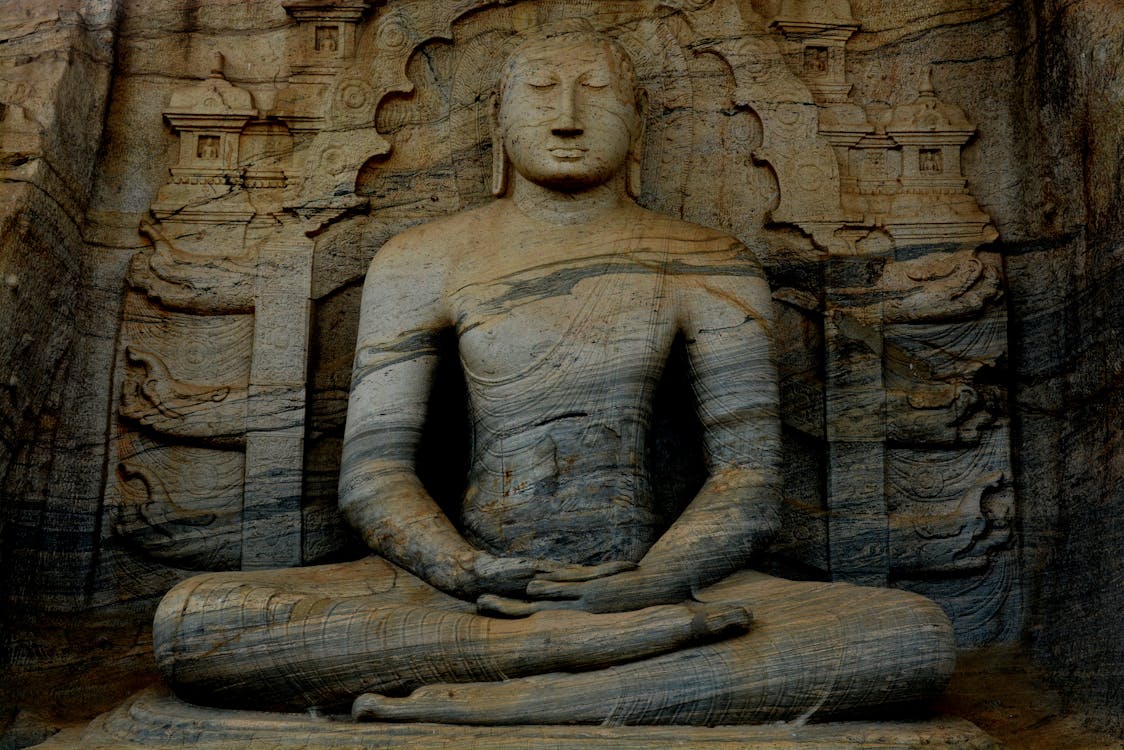
Image via Pexels.com
The previous meditation and this one are closely related. We will be motivated to practice right away rather than putting it off when we fully understand how brief our time on Earth is. Additionally, when we truly understand the rule of impermanence, we will be better able to let go of things (and people).
LINKS YOU MUST VISIT:
Click here to explore meditative techniques in Buddhism from beginner to advanced
Let us explore whether Religion and Morality are separate or connected?

